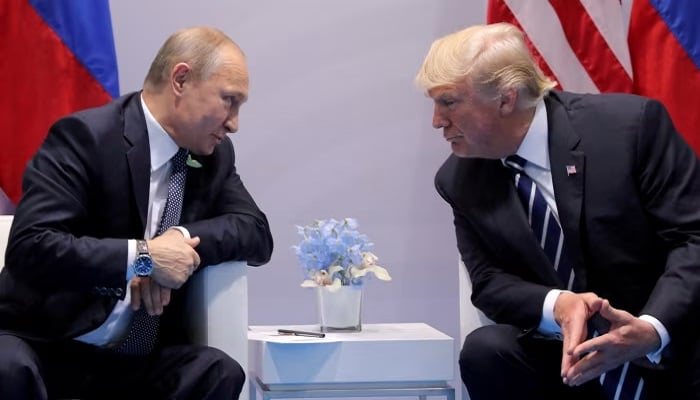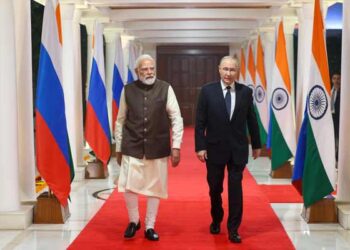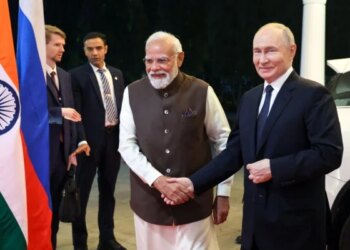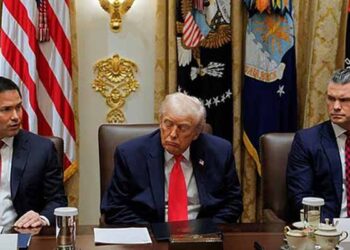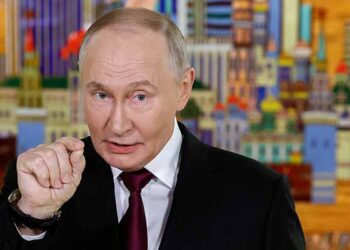Select Language:
-
President Vladimir Putin of Russia asserts control over four Ukrainian regions, including Luhansk, Donetsk, Zaporizhzhia, and Kherson, as well as the Crimea peninsula, which he annexed in 2014. Russian forces do not have complete authority over all territories within these regions.
-
US President Donald Trump announced plans to meet with Russian Leader Vladimir Putin on August 15 in Alaska to discuss ending the Ukraine conflict. This news came via Trump’s social media and followed his comments indicating that a ceasefire deal, potentially involving territorial exchanges, was nearing completion with Ukrainian President Volodymyr Zelenskyy.
-
Earlier the same day, Trump hinted at an agreement involving some swapping of territories that would benefit both Russia and Ukraine. The Kremlin confirmed the upcoming summit, stating that the two leaders would focus on exploring options for a lasting peaceful resolution to the Ukrainian crisis. Putin’s aide, Yuri Ushakov, emphasized that the process will be challenging but actively pursued.
-
Ukrainian President Zelenskyy suggested that a ceasefire could be possible if sufficient pressure is maintained on Russia. He mentioned ongoing communications with multiple international leaders and the United States, maintaining that negotiations remain active.
-
Washington has reported that negotiations may be leaning toward an agreement that solidifies Russia’s control over territories captured during the invasion, though the U.S. has dismissed these reports as speculation. The Kremlin did not comment, and Reuters was unable to independently verify the report.
-
Ukraine has expressed some openness to flexible negotiations, but ceding about 20% of its territory would be highly painful and politically difficult for Zelenskyy’s government.
-
Tyson Barker, a former US State Department official, indicated that Ukraine would likely reject any peace terms that involve surrendering territory. He emphasized that Kyiv’s best approach is to stand firm while appreciating U.S. support.
-
Based on Bloomberg’s report, Russia would halt its advances along current lines in Kherson and Zaporizhzhia as part of the proposed deal.
-
The last major diplomatic gathering in Alaska was in March 2021, involving US and Chinese officials during the Biden administration, which turned into a tense exchange of criticisms.
-
Since returning to the White House, Trump has made efforts to improve US-Russia relations and bring an end to the war, expressing mixed feelings about Putin—sometimes admiring, sometimes critical.
-
Trump has also threatened to impose new sanctions and tariffs on Russia and its allies unless Moscow agrees to end its military offensive, though it remains unclear whether these measures will be implemented.
-
Recently, the US imposed a 25% tariff on goods imported from India to penalize Russian oil purchases, marking a significant economic action against Russia in Trump’s second term.
-
Trump’s envoy, Steve Witkoff, recently held productive talks with Putin in Moscow. Meanwhile, Polish Prime Minister Donald Tusk indicated that a ceasefire might be close, suggesting that a pause or “freeze” in the conflict could be imminent. Tusk noted that Zelenskyy remains cautiously optimistic and hopes for European support in planning future peace efforts.

